Description
In the realm of psychoactive compounds, 3-Fluoromethamphetamine hydrochloride (3-FMA HCl) stands out as a substance of considerable interest and intrigue. This derivative of methamphetamine exhibits unique pharmacological properties that have garnered attention from researchers and enthusiasts alike. Let’s embark on a comprehensive exploration of 3-FMA HCl, unraveling its uses, effects, and associated considerations.
Understanding 3-Fluoromethamphetamine Hydrochloride (3-FMA HCl)
3-FMA HCl, also known as 3-FMA or PAL-593, belongs to the substituted amphetamine class of compounds. Chemically, it is distinguished by the substitution of a fluorine atom at the 3-position on the phenyl ring of the methamphetamine molecule. This structural modification imparts distinct pharmacokinetic and pharmacodynamic characteristics, influencing its interaction with neurotransmitter systems in the brain.
Pharmacological Mechanisms
Research suggests that 3-FMA primarily acts as a releasing agent for monoamine neurotransmitters, including dopamine, serotonin, and norepinephrine. By increasing the extracellular levels of these neurotransmitters, it elicits psychoactive effects reminiscent of other stimulant substances. Users commonly report heightened alertness, euphoria, increased energy, and enhanced cognitive function.
Recreational Use and Effects
The recreational use of 3-FMA has gained traction among individuals seeking stimulant effects similar to those induced by amphetamines and methamphetamine. Its relatively selective action on dopamine and norepinephrine systems may contribute to its euphoric and stimulating properties, making it appealing for recreational use in social settings and nightlife activities. However, variations in individual responses and dosage can lead to unpredictable outcomes and potential risks.
Therapeutic Potential
Beyond its recreational use, 3-Fluoromethamphetamine has sparked interest among researchers exploring its potential therapeutic applications. Preliminary studies suggest that it may have utility in the treatment of attention deficit hyperactivity disorder (ADHD) and obesity, conditions characterized by deficits in attention, arousal, and appetite regulation. Its stimulant properties and ability to modulate neurotransmitter activity offer promise for addressing underlying neurochemical imbalances and improving symptoms.
Safety Considerations and Risks
Despite its potential benefits, the use of 3-Fluoromethamphetamine is not without risks. Like other stimulant substances, it can induce adverse effects such as hypertension, tachycardia, hyperthermia, and insomnia. Prolonged or excessive use may also lead to psychological dependence, tolerance, and withdrawal symptoms upon discontinuation. Furthermore, the purity and potency of 3-Fluoromethamphetamine obtained from illicit sources may vary, increasing the risk of unintended consequences and harm.
Legal Status and Regulation in USA and Canada
The legal status of 3-Fluoromethamphetamine varies across different jurisdictions. While it remains unregulated in some countries, others have classified it as a controlled substance due to its psychoactive effects and potential for misuse. Regulatory measures aim to control its availability and minimize associated risks, but enforcement and compliance present ongoing challenges in the context of global drug policy.
Conclusion: Navigating the Landscape
In conclusion, 3-fluoromethamphetamine hydrochloride represents a complex and multifaceted compound with diverse uses and implications. Its pharmacological properties offer avenues for both scientific exploration and recreational enjoyment, but caution must be exercised to mitigate associated risks. As our understanding of its effects and mechanisms continues to evolve, informed decision-making and harm reduction strategies will remain essential in navigating the landscape of 3-Fluoromethamphetamine use.
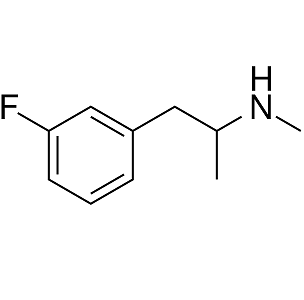
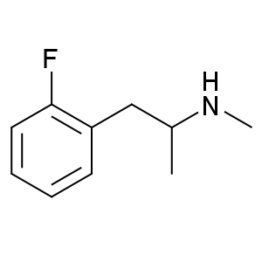
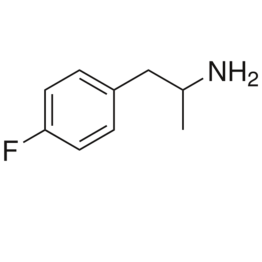
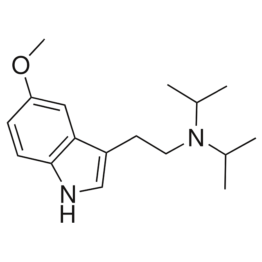

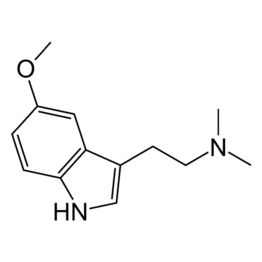

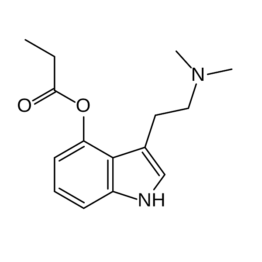
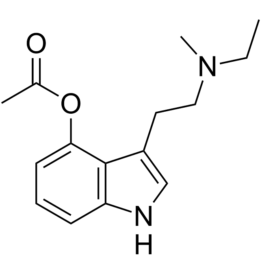
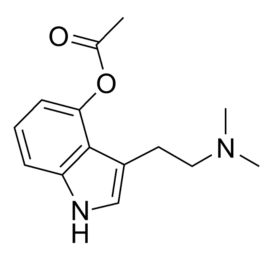
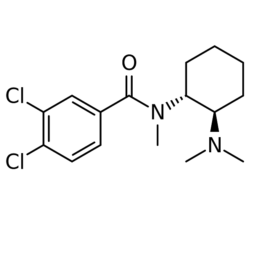
Reviews
There are no reviews yet.